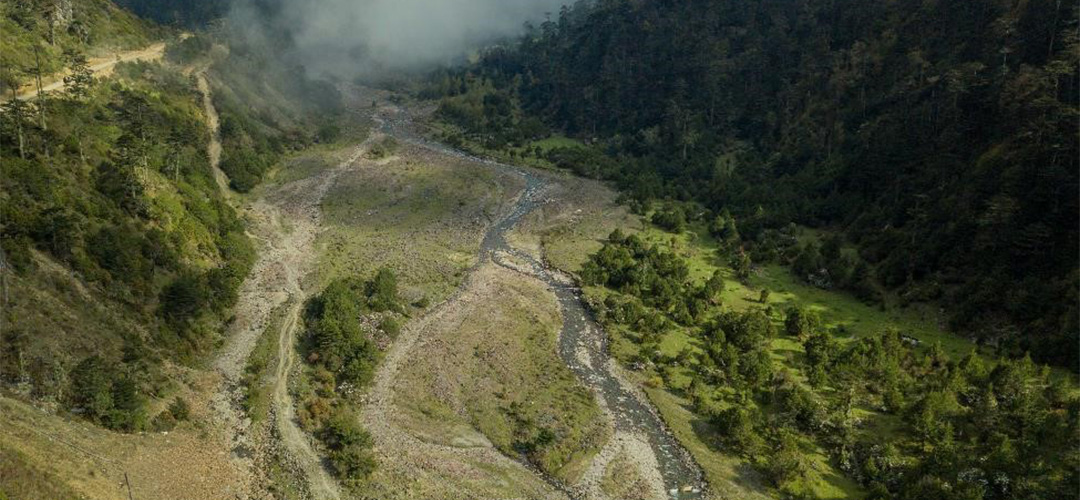A Historic Fortress that might be Bhutan’s Best Kept Secret
Tucked away in the remote highlands of eastern Bhutan lies a ruin shrouded in mystery and hidden from the tourist map—Ta Dzongtse Dzong, an ancient structure long mistaken for a mere watchtower. But emerging research suggests something far more intriguing: this "forgotten fortress" may hold the key to understanding a lost network of power, religion, and architecture in Bhutan’s eastern frontier.

An Archaeological Enigma
Unlike the classic circular Ta Dzongs that dot Bhutan’s landscape, Ta Dzongtse Dzong breaks the mould. Lacking military features like arrow slits and embracing a multi-tiered design with religious and administrative elements, this site challenges what we thought we knew about Bhutanese fortress architecture.
Bhutanese historians now believe it could date back to the 1650s, built by Chögyal Minjur Tempa, the same visionary behind Trashigang Dzong. Its purpose? Not just defense—but governance, spirituality, and community.
An Unexcavated Archaeological Ruin
1. Authentic, Untouched Bhutan
Visitors to Trashigang can walk centuries-old paths where monks once meditated, officials once ruled, and local legends were born. Far from the well-trodden trails of western Bhutan, this site offers a rare connection to Bhutan’s raw, unfiltered heritage.
2. Culture Meets Discovery
Visiting Ta Dzongtse is more than sightseeing—it's a journey into the unknown. With every stone and structure, you're part of an unfolding historical revelation.
3. Unreal Views, Real Impact
Perched high on a ridge, the fortress offers uninterrupted views of valleys and villages below—plus the chance to support local communities through sustainable tourism and restoration.
4. Gateway to Eastern Treasures
Pair your visit with the vibrant villages of Merak and Radhi, the sacred site of Gomphu Kora, or the dramatic Trashigang Dzong. This is Eastern Bhutan at its richest.
From Ruin to Revelation: Be Part of the Story
With conservation efforts underway, Ta Dzongtse Dzong is on the cusp of transformation—from crumbling ruin to cultural icon. As Bhutan opens more of its east to the world, this site will stand as a symbol of the country's layered history, hidden wisdom, and architectural soul.

